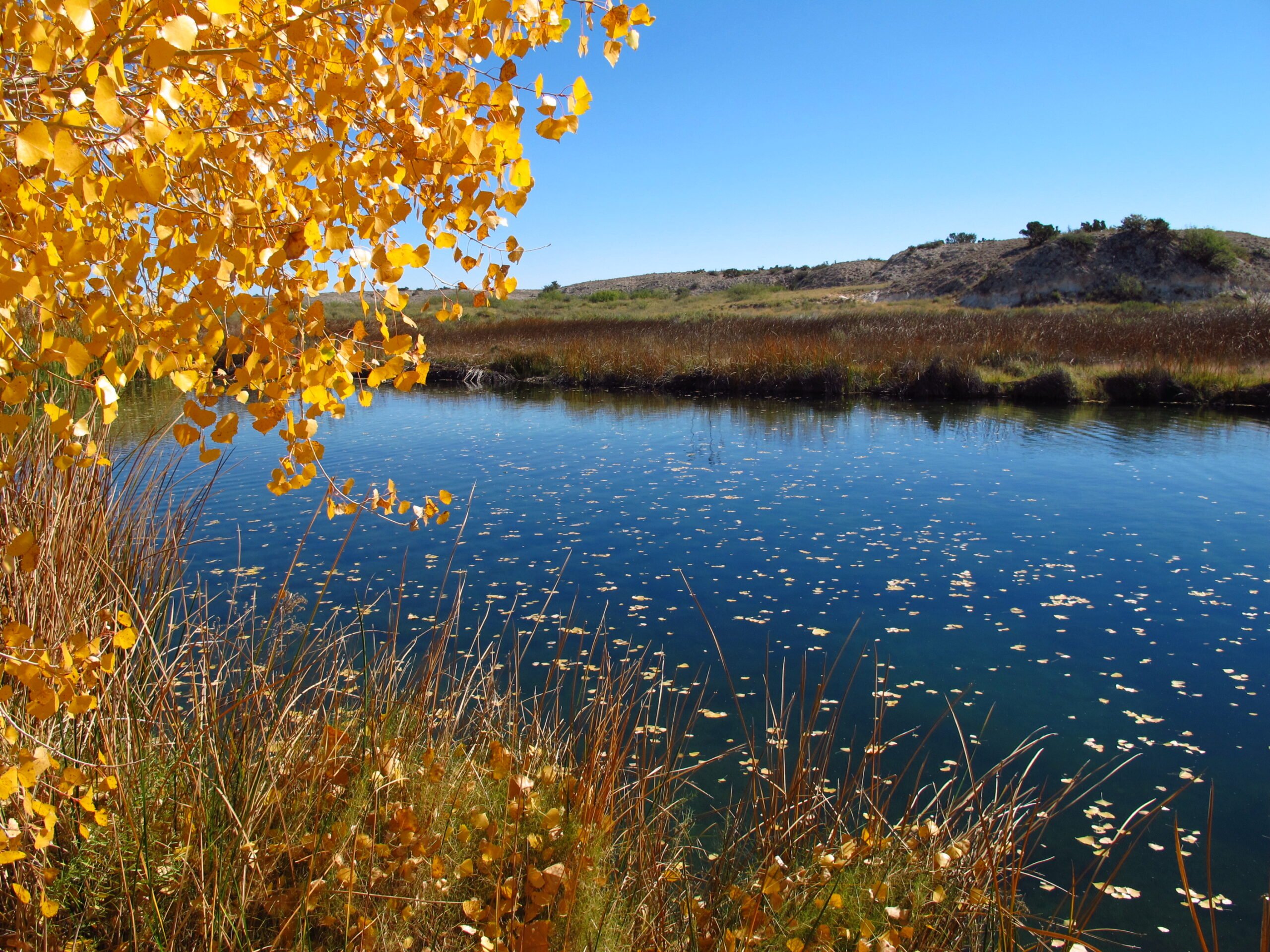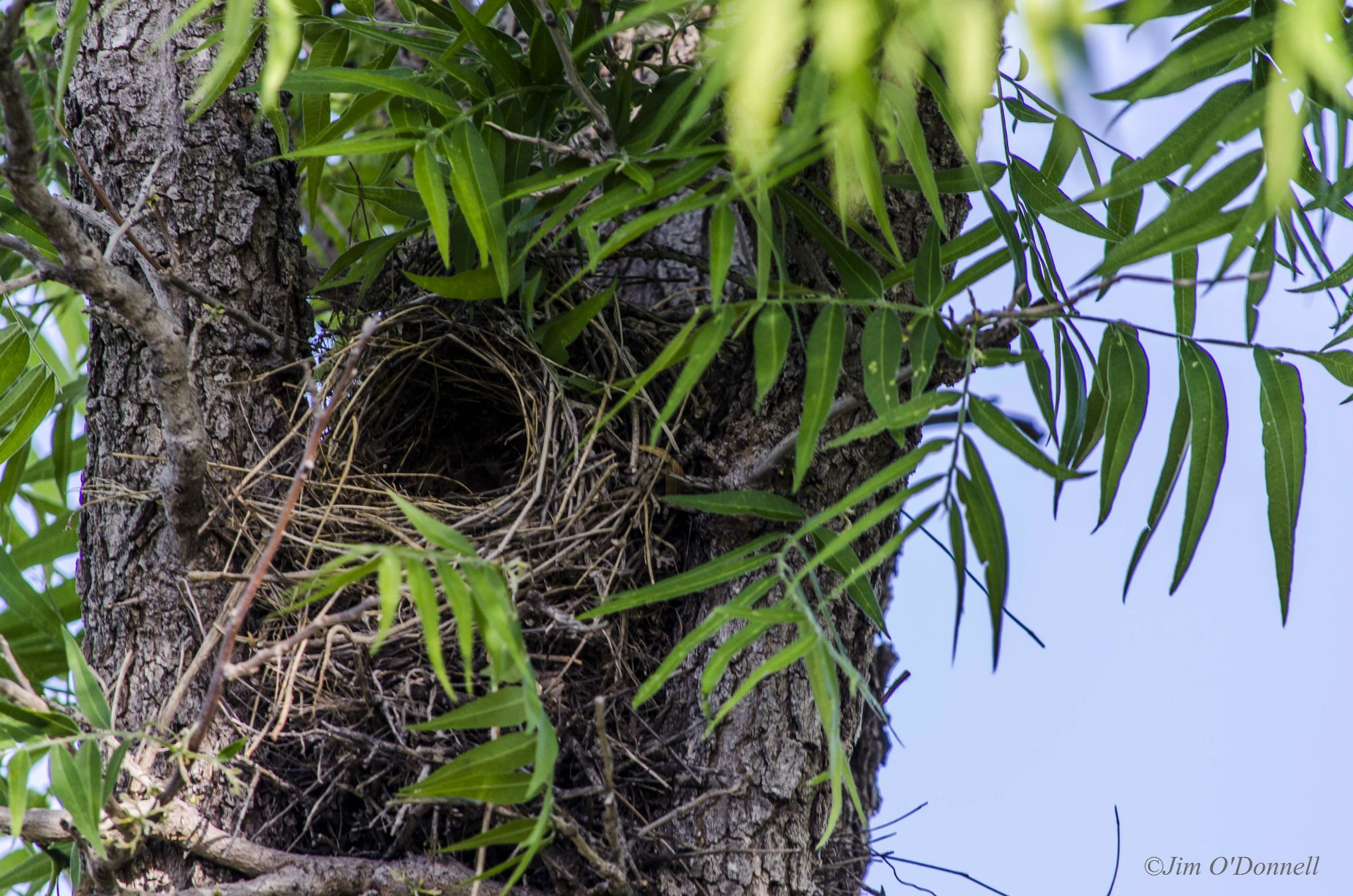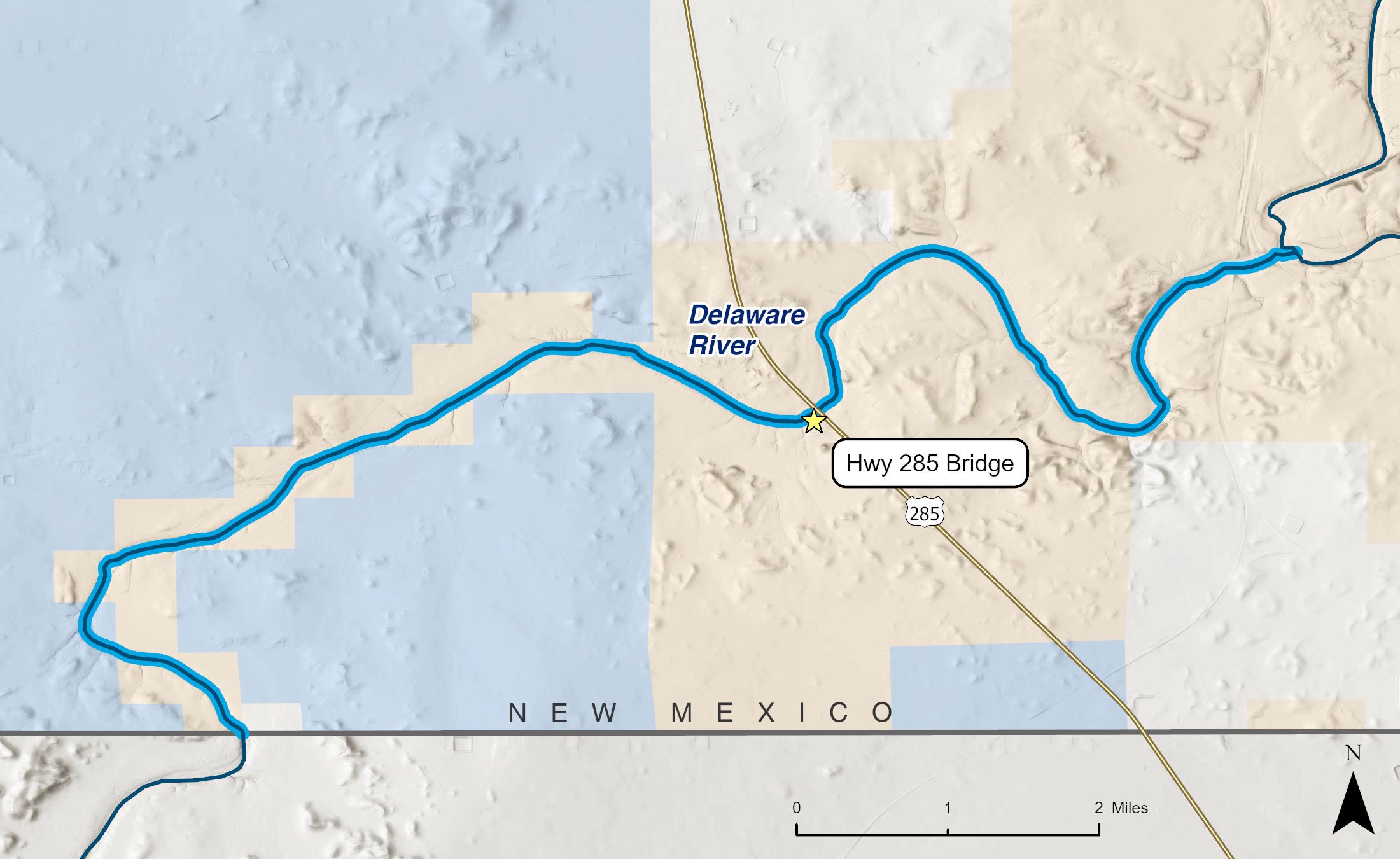
Delaware River
This entire region has long been considered an energy production sacrifice zone and has seen massive impacts from oil and gas drilling as well as potash production and, historically, intensive agriculture. This is extremely unfortunate as the Delaware River within the Chihuahuan Desert is a wonderland of rich and diverse microenvironments, stunning views, and priceless wildlife habitat. In fact, to acknowledge and protect these and other values, in 2010, New Mexico Wild submitted a proposal to the Bureau of Land Management (BLM) to designate the 137,077-acre Chihuahuan Desert Rivers Area of Critical Environmental Concern (ACEC). Unfortunately, the BLM never implemented this proposal. The proposed ACEC included the Delaware River as well as the Pecos and Black rivers, in addition to surrounding lands such as the Yeso Hills, which are known for their unique gypsophilic vegetation, fragile soils, and unique ecosystem.

Riparian areas in New Mexico, especially those in the Chihuahuan Desert, are some of the most biologically rich places in North American temperate regions. The ecological importance of desert rivers cannot be overstated. In dry climates with little rainfall, they are used as breeding, feeding, and sheltering grounds by most of the species that exist near them. They are significant stops along the seasonal migratory path of birds, providing an essential and often life-saving break in their journeys.
A tributary to the Pecos River, the Delaware River runs for 8 miles from the Texas state line to its confluence with the Pecos. The National Audubon Society designated the Delaware as an Important Birding Area as it is either home to, or a rest stop for, hundreds of species. Among the animals which use the rich riparian area are both state and federally listed species, such as the yellow-billed cuckoo; many species which are in decline but not yet officially protected, such as Bell's vireo; and raptors, such as the bald eagle, ferruginous hawk, and peregrine falcon.
The Delaware also hosts a number of fish and amphibian species that are federally or state listed as threatened or endangered or are considered to be sensitive species by the BLM, including the Zuni blue sucker, Mexican tetra, roundnose minnow, headwater catfish, Pecos pupfish, and barking frog.

Sadly, both the federal and state lands surrounding the Delaware River and within the proposed ACEC are almost entirely leased for oil and gas. Twisted among these wells and pads is a spiderweb of pipelines and roads. It is well known, both through BLM's own reports and independent studies, that oil and gas development is detrimental to local ecosystems. In addition to past toxic spills and the potential for future spills, oil and gas activities result in a great deal of habitat fragmentation, increased road traffic, groundwater contamination, and air pollution. Despite industry assurances, New Mexico has a history of spills and a lack of timely and adequate cleanup.
The area also has a rich history. Pleistocene mammoth and bison bones have been recovered along the banks of the Delaware River. In 1999, paleontologists removed a 10,000- to 20,000-year-old mammoth tusk. Other ancient megafaunal exposures along the river have also been reported.
Pre-colonial archaeological sites, areas of traditional cultural importance to Indigenous nations, and Euro-American settler sites are found throughout the area. Ancient sites have likewise been recorded along the portion of the Delaware River on BLM-managed lands.
Beyond its ecological and archaeological values, this area is simply beautiful. The Delaware River provides unique scenic values that are enhanced by topographic and riparian diversity. These landscapes are rich with dramatic transitions from stark, white gypsum soils and sparsely vegetated sandy flats to rolling hills and deep drainages. Riparian areas feature sedge, hemlock, desert willow, cattail, and large cottonwood trees. Mature trees along the riverbanks appear as green ribbons meandering through the desert environment. In the distance, the sheer, rugged peaks of the Guadalupe Escarpment extend 2,000 feet above the desert floor.

Extreme southeast corner of New Mexico in Eddy County, about 160 miles east of Las Cruces and 25 miles southeast of Carlsbad
The New Mexico-Texas border to the Delaware's confluence with the Pecos River
8.5 miles
2,997 to 2,836 feet
Bureau of Land Management, State Land Office
Birdwatching, exploring, hiking
Fall, winter, spring
Along Highway 285, just south of County Road 725/Longhorn Road, where the highway crosses the Delaware River

